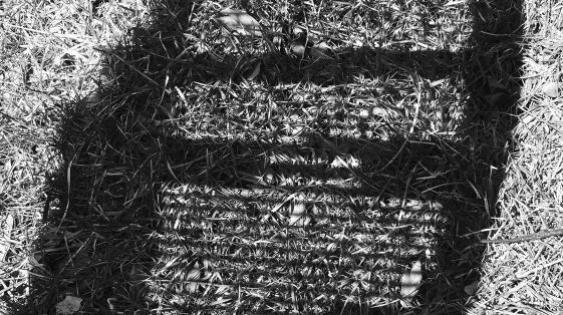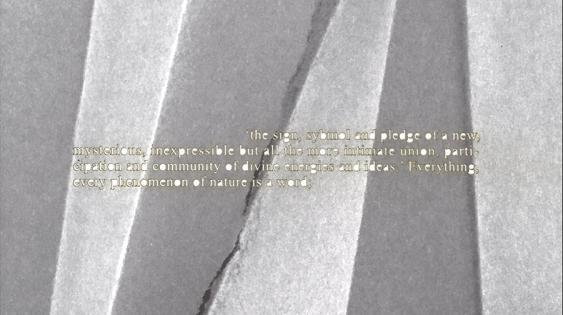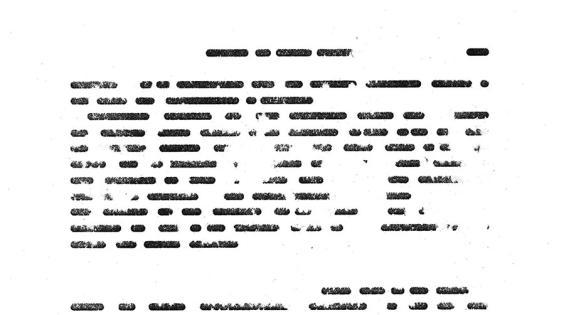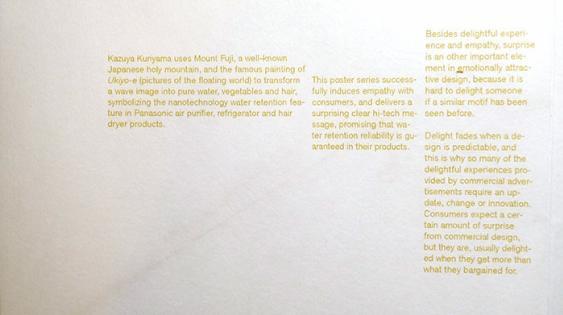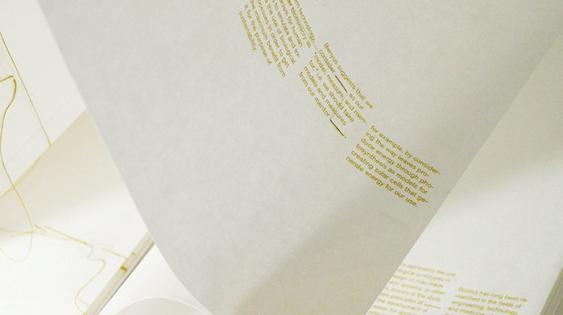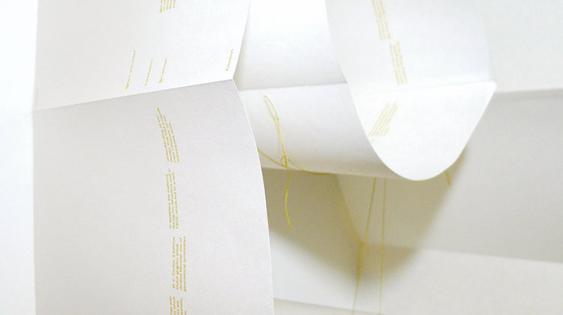Bio-Design
Evolution has enabled us to adapt to live on earth, and we have developed an intimate relationship with nature in the process. For generations, we learned from what we observed, made use of the natural elements surrounding us, and developed ways to prosper, while nature continues its perennial patterns of development. We live in nature and learn from nature, which may lead us to appreciate and eventually love nature.
Observing and learning from nature allows the designer access to an intrinsic visual language, and the wealth and diversity of living creatures combine to create a particular sensibility and beauty. The patterns and shapes of natural elements organize themselves in a way that defines their mutual relationships. Natural elements that we take for granted can be effectively used in our work. Designers may intuitively appropriate the principles of nature in order to understand them, and can learn to incorporate the patterns and shapes of natural elements in their work in order to produce potentially more meaningful and powerful messages.
My masters book attempts to visualize self-representation by incorporating typography and thread that matches the shade of my skin. The thread represents nature’s continuous cycle; stitching on the front of the pages is orderly, while the excess thread between pages is chaotic. The thread is my translation of nature’s simplicity and purity. While the natural world is diverse, it operates within unifying principles. The thread represents the underlying structure that pulls elements together. As you turn the book’s pages, the thread appears never-ending; it is continuous and is connected to each page.
I limited myself to only a few elements in the book. The developed grid allows text to become louder as the thread becomes quieter. All of the book’s text is a single size and color; there are no photos; and every instance of the word “nature” is replaced with a line of thread.
I experimented with folded paper to express the argument that nature is order within chaos. Chaos and order are not opposites; they need each other’s presence to exist. The act of folding represents order as paper is manipulated to meet a given set of needs; the act of tearing represents chaos, because you cannot reproduce the same tear twice.
My project also explores the intersection between spontaneity and the machine. I investigated ways to relinquish some control over a printer or laser cutter in order to produce original explorations, like producing multiple prints on the same sheet of paper. By folding and tearing paper, then printing on top of it again, I would not have complete control over a poster’s design, but would allow the machine’s results to participate in the poster’s creation.

